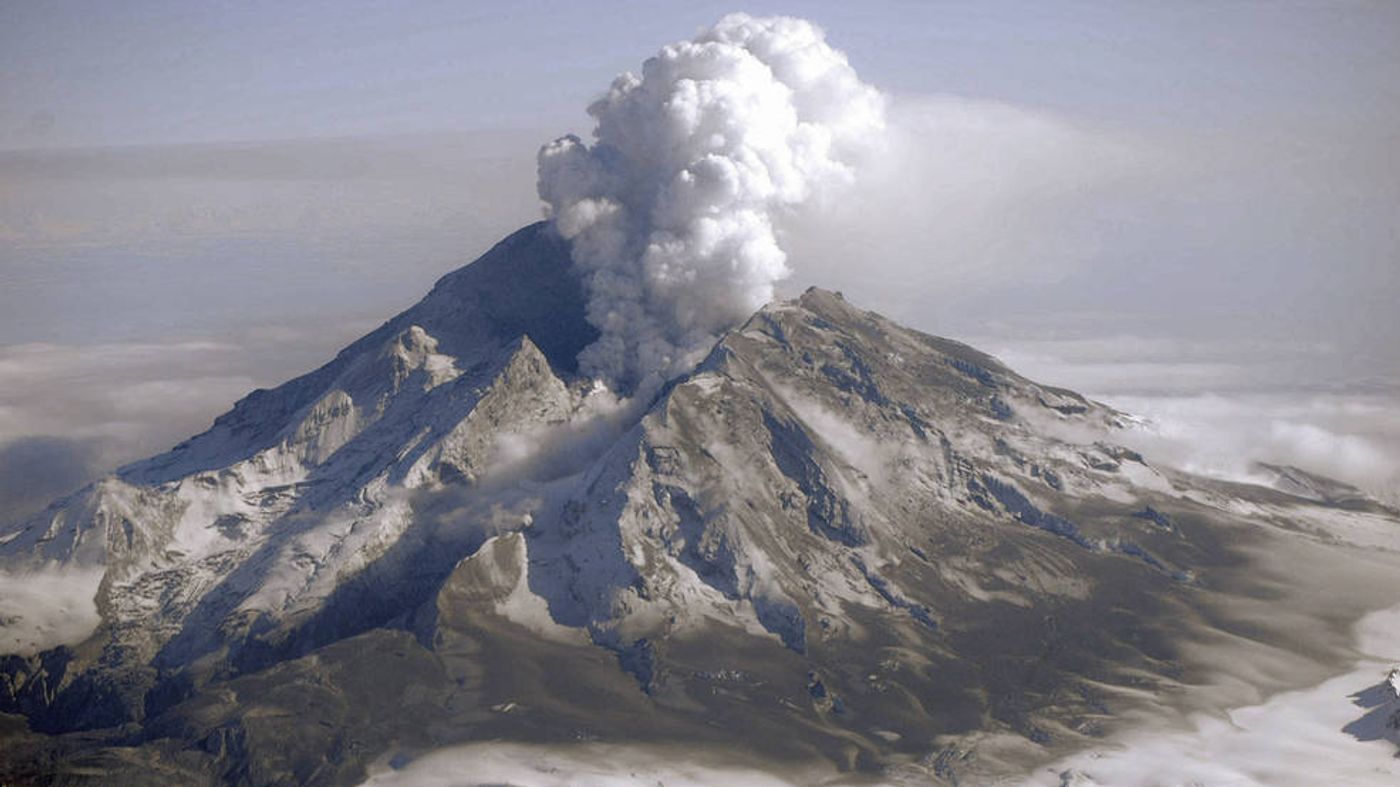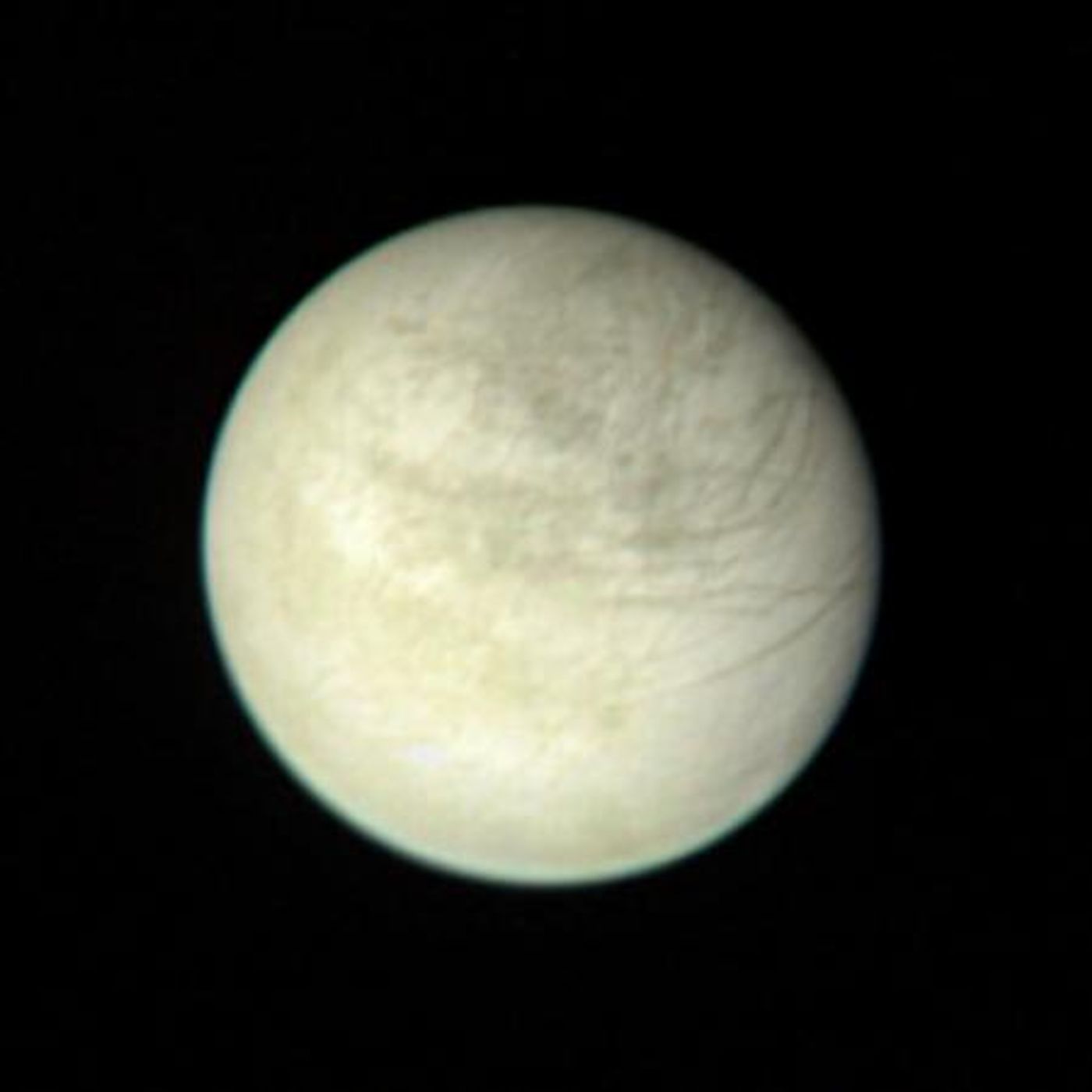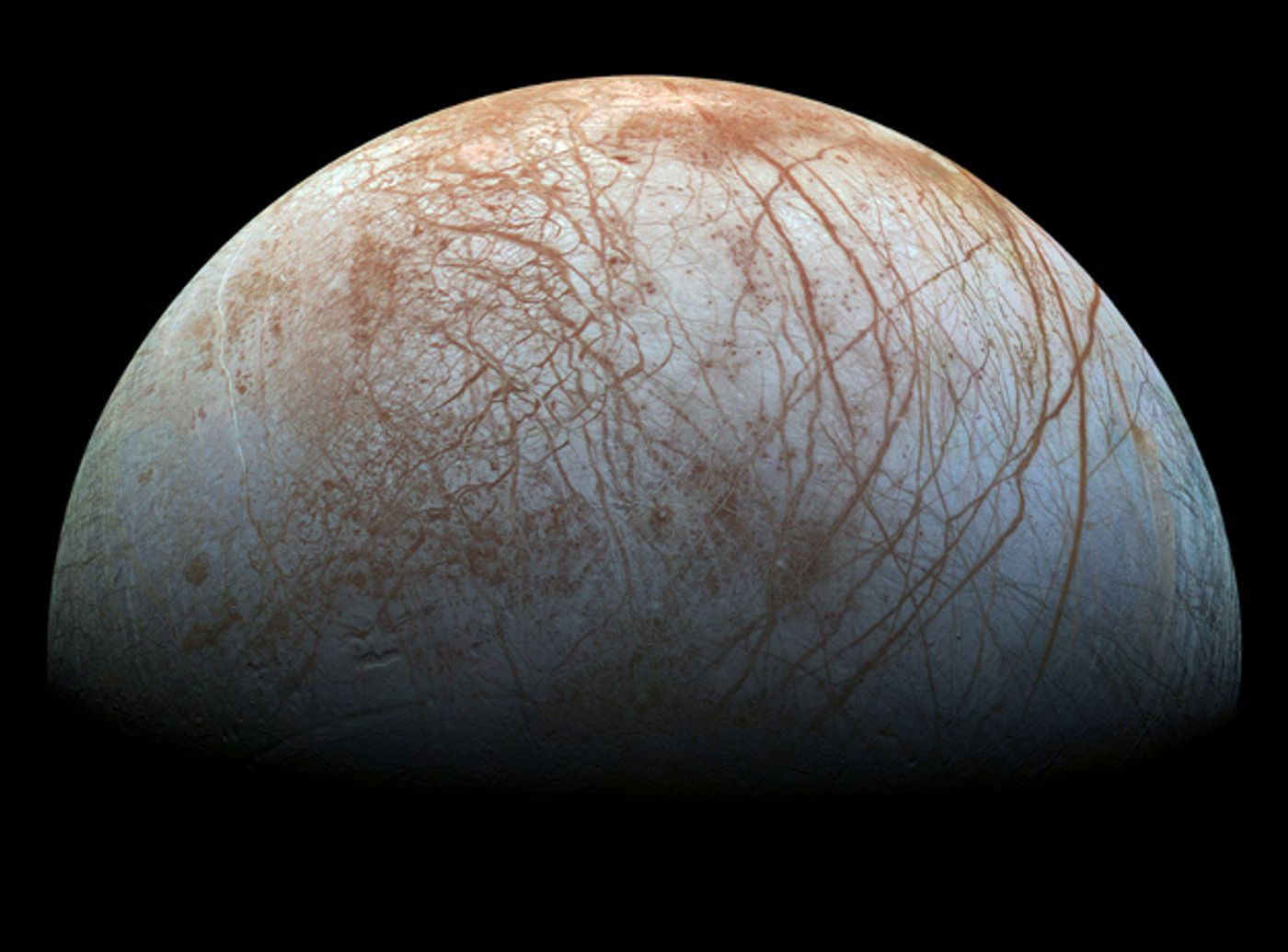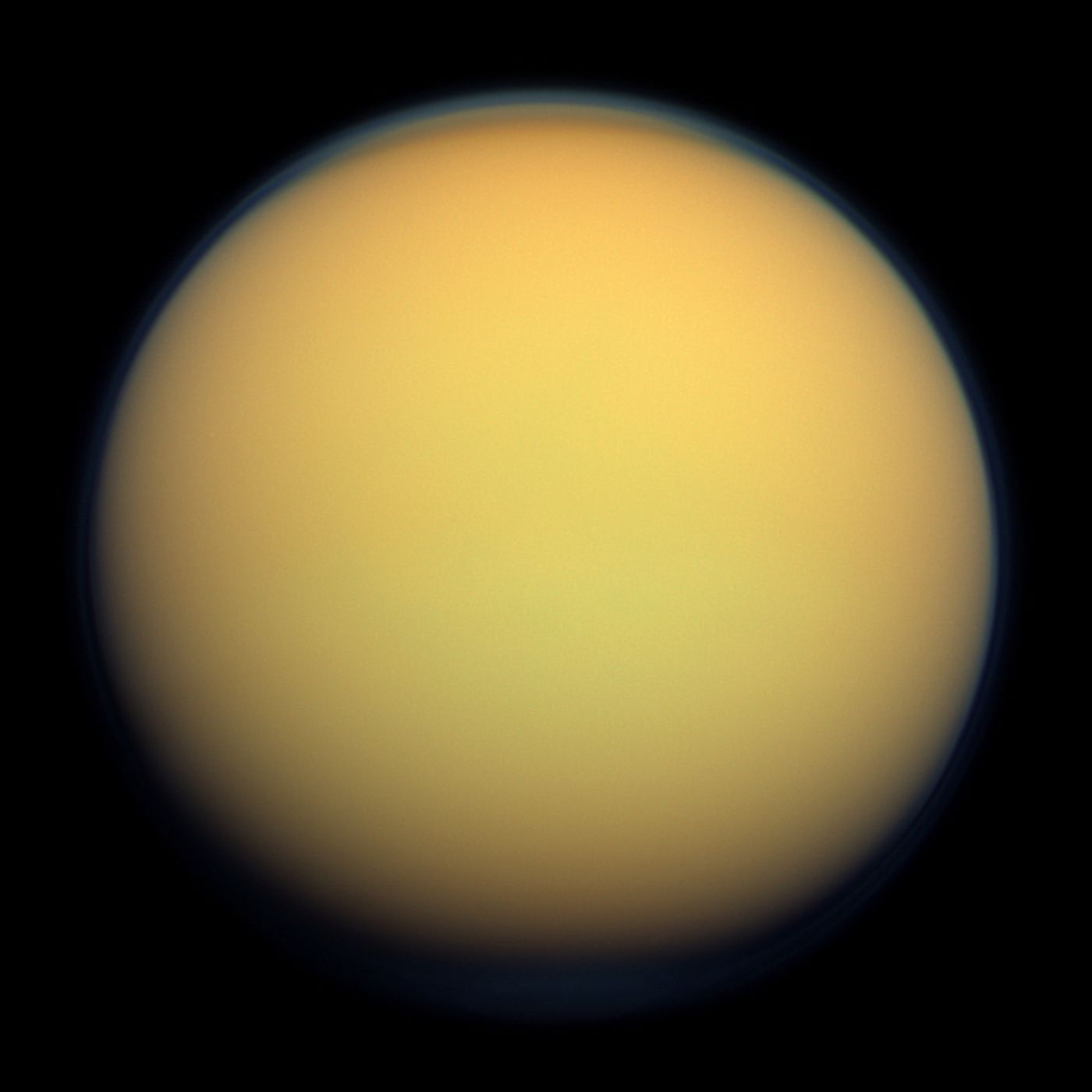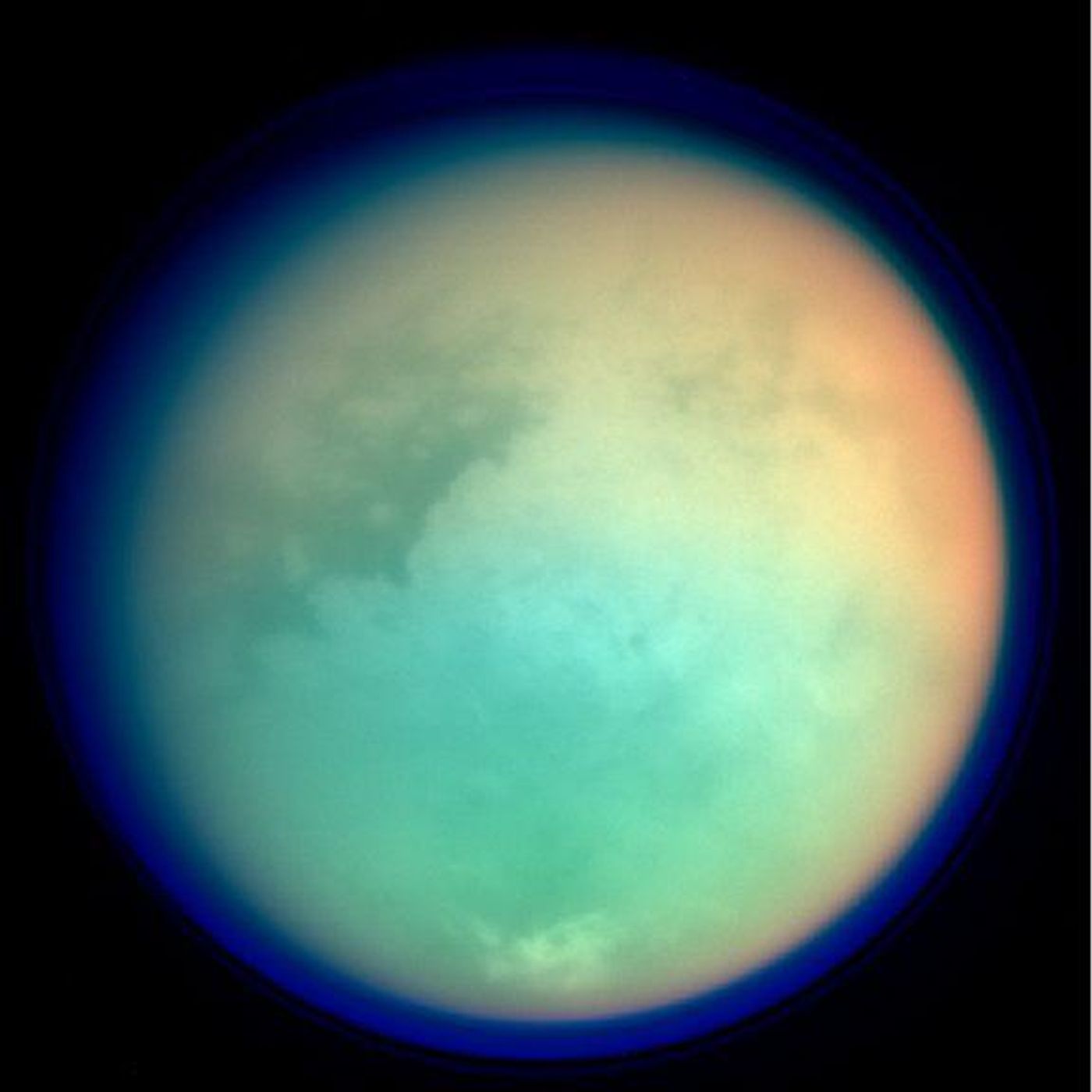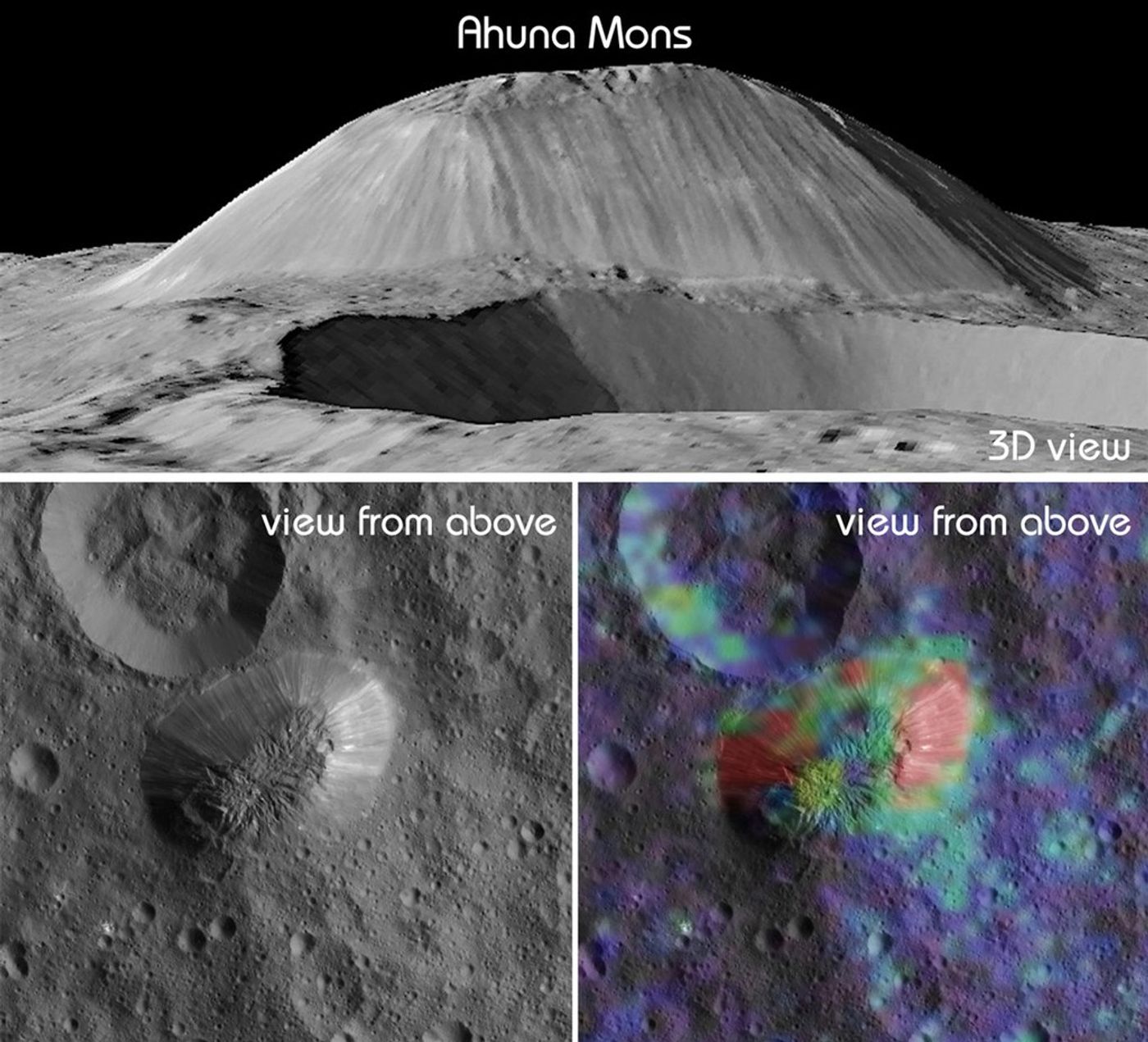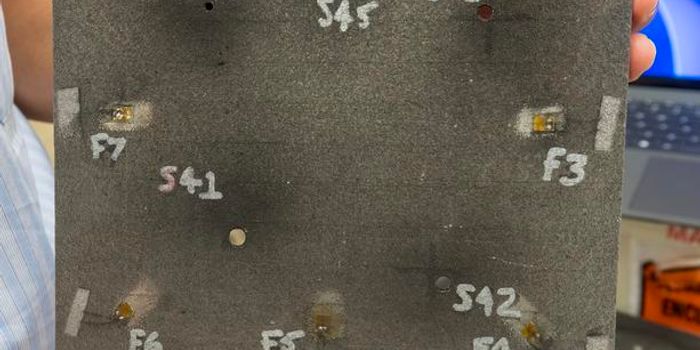Past, Present, and Future: Exploring Planetary Volcanism and Cryovolcanism in our Cosmos
Volcanoes are one of nature’s most awe-inspiring creations, giant mountains ejecting red hot lava that are both beautiful and deadly. We recently explored why volcanoes are so astounding, but, did you know that Earth isn’t the only place where volcanism occurs? In fact, there are more than a few worlds within our own solar system that exhibit evidence of either past or present volcanic activity. Some of these worlds even exhibit a phenomenon called cryovolcanism; meaning that instead of projecting hot magma, these volcanoes eject frozen particles or ice. Here, we will explore the different types of volcanism, the off-Earth worlds that experience this incredible feature, and the forces that create them both on Earth and elsewhere in our galaxy.
Volcanism as we know it here on Earth is the process by which molten rock, pyroclastic fragments, or hot water and steam are discharged from distinct geological settings including volcanoes, geysers, and fumaroles. On Earth, internal heat drives plate tectonics and the subducting—or sliding—of plates beneath one another which occurs at various plate boundaries across the Earth and drives volcanism.
Photo of eruption at Mount Redoubt in Alaska in 2009. (Credit: Game McGimsey, USGS)
“Volcanism is one of the manifestations of how planets lose heat from their interiors, and as such is one of the four primary geologic processes (the others being impact cratering, tectonism, and gradation (weathering, erosion, and deposition of sediment)),” said Dr. David Williams, a Research Professor in the School of Earth and Space Exploration at Arizona State University. Dr. Williams points out the importance of studying volcanism not just here on Earth, he told Labroots that, “all rocky planetary objects larger than about 600km in diameter that have been visited by spacecraft show some evidence of volcanic activity in their histories and, as such, studying volcanism is key to understanding planetary evolution.”
The first extraterrestrial volcanic eruption was observed on Jupiter’s innermost Galilean moon, Io, by the Voyager 1 spacecraft on March 8, 1979 as it was leaving Jupiter en route to Saturn. This instantly famous image showed two eruptions, one occurring on the limb of the moon, and the other eruption is seen at the moon’s terminator (the shadow between the day side and night side). The eruption observed at the limb was so large that it was initially mistaken as another object emerging from the other side of Io. Unlike Earth, the volcanism observed on Io is not the result of plate tectonics, but a different force known as tidal heating, which happens when an object’s gravity is so strong it’s able to bend and flex a much smaller object in an elliptical orbit around it. The elliptical orbit means Io’s distance to Jupiter changes during its orbit. When Io is closer to Jupiter, the immense gravity stretches Io, and when it’s farther away, the moon compresses back to normal. Over long periods of time, this constant flexing leads to internal friction with Io, which leads to heat and pressure, and ultimately, the intense volcanic activity we have observed on its surface.
Left: This photo was taken by Voyager 1 on March 8, 1979, looking back 2.6 million miles (4.5 million kilometers) at Io, three days after its historic encounter. One eruption can be seen on the limb, (at upper left) showing ash clouds rising more than 150 miles (260 kilometers) above Io's surface. The second eruption can be seen on the terminator (shadow between day and night) where the volcanic cloud is catching the rays of the rising sun. Right: Similar style eruptions imaged by the Galileo spacecraft on June 28, 1997 from a distance of about 373,000 miles (600,000 kilometers). (Credit: NASA/JPL)
Since Voyager 1’s encounter at Io, many other examples of volcanism have been observed around the solar system. These other planetary bodies exhibit cryovolcanism, which occurs in environments that experience far lower temperatures than we have here on Earth. These eruptions often involve the discharge of liquid water, sulfur dioxide, methane, and ammonia onto the surface of an icy planet or satellite. Examples of planetary bodies that are known to presently display cryovolcanism include one of Jupiter’s Galilean moons, Europa, along with Saturn’s moon, Enceladus, Neptune’s largest moon, Triton, and Pluto’s largest moon, Charon.
“Cryovolcanism, or ‘cold volcanism’, refers to volcanic activity by non-silicate materials usually found on objects in the outer solar system,” said Dr. Williams. “The idea is that liquid water, when mixed with an antifreeze like salt, or substances like methane or ammonia, becomes molten or stable at temperatures colder than found on Earth. These cryovolcanic fluids can then erupt on these mostly airless icy moons in the outer solar system, producing both effusive flows and explosive ash-like deposits that have been observed on their surfaces by planetary spacecraft. As with more traditional ‘silicate’ volcanism found on the Earth, the Moon, or Mars, understanding the compositions and morphologies (shapes and forms) of cryovolcanic deposits can inform scientists about the evolution of the surfaces and interiors of icy worlds.”
Like the volcanism observed on Earth and Io, cryovolcanism occurs due to the extreme buildup of pressure over long periods of time under the planet's surface. However, the forces responsible for cryovolcanism have been found to vary from world to world. As discussed, Io’s volcanism occurs from tidal heating, which is the same force that is also responsible for the cryovolcanism on Jupiter’s second innermost Galilean moon, Europa. While this icy world was first discovered by Galileo Galilei in 1610, it wasn’t studied up close until the flyby of NASA’s Pioneer 10 and 11 spacecrafts in 1973 and 1974. However, the images taken by these crafts were very low resolution. It wasn’t until 1979 when Voyager 1 and 2 visited Jupiter and took more detailed images of Europa that the crater-less surface was revealed, indicating recent geologic activity. Later, NASA’s Galileo spacecraft took some of the most detailed images of Europa to date.
View of Europa taken by Voyager 1 from a range of 1.6 million miles (2,869,252 kilometers) on March 2, 1979, at 2:00pm. The color composite is made from three black and white images taken through the orange, green and violet filters. (Credit: NASA/JPL)
This image from NASA's Galileo spacecraft in the late 1990s shows the stunning diversity of Europa's surface geology. A crater-less surface complimented with long, linear cracks and ridges that crisscross the surface, interrupted by regions of disrupted terrain where the surface ice crust has been broken up and re-frozen into new patterns. (Credit: NASA/JPL/SETI Institute)
However, since Europa orbits beyond Io and closer than the other two Galilean moons, Ganymede and Callisto, Europa is being stretched and compressed by the gravity of these other moons. As such, the earlier spacecraft missions provided the first hints that Europa might contain an ocean of liquid water deep beneath its icy surface.However, in the case of Europa, the case for cryovolcanism is still hotly debated.
“Just like on Earth with normal volcanism, cryovolcanism is driven by heat and pressure, with more emphasis on pressure,” said Dr. Jessica Noviello, a postdoctoral research scientist at NASA’s Goddard Space Flight Center. “On Europa, the current thinking is that the subsurface ocean itself is over-pressurized and pushing up against and into the ice shell. Some of the features on Europa’s surface, like the ‘mountains in a moat’, may be evidence of extrusive cryovolcanic eruptions as a result of this excess pressure.”
Dr. Noviello also mentioned Saturn’s largest moon, Titan, as another world exhibiting cryovolcanic activity, specifically Doom Mons, the largest cryovolcano in the entire solar system. “Titan is also one of the few key places for astrobiological studies in the solar system, mainly because of the large amounts of liquid methane on the surface, its seasonal changes, and its thick atmosphere.” Dr. Noviello said.
A natural color view from NASA's Cassini spacecraft taken on January 30, 2012, at a distance of approximately 119,000 miles (191,000 kilometers). (Credit: NASA/JPL/Space Science Institute)
Titan in ultraviolet and infrared taken by NASA's Cassini spacecraft on October 26, 2004. (Credit: NASA/JPL/Space Science Institute)
Another one of Saturn’s moons that also exhibits (albeit extreme) cryovolcanism is Saturn’s moon, Enceladus. While this ocean world was discovered by William Herschel in 1789, its cryovolcanism attributes went undiscovered until NASA’s Cassini spacecraft observed active geysers that erupted water and organic molecules from the south pole in 2005.
“Enceladus is cryovolcanically active via its plumes in the tiger stripes region at its southern hemisphere,” said Dr. Noviello. “It’s an explosive process we are still trying to understand.”
Image of Enceladus taken by NASA's Cassini spacecraft on October 9, 2008, shortly after coming within 15.6 miles (25 kilometers) of the surface. (Credit: NASA/JPL/Space Science Institute)
Cassini image of geysers located at the south pole “tiger stripes” of Enceladus spraying water ice and vapor into space. (Credit: NASA/JPL/Space Science Institute)
Arguably the closest example of cryovolcanism in terms of distance from Earth has been observed on the dwarf planet, Ceres, the largest planetary body in the asteroid belt. Evidence of ancient cryovolcanism was imaged by NASA’s Dawn spacecraft featuring Ahuna Mons and Occator Crater.
NASA's Dawn spacecraft observed Ahuna Mons on March 14, 2018, detecting traces of sodium carbonate (red and green coloring in the bottom right image). (Credit: NASA/JPL-Caltech/UCLA/MPS/DLR/IDA/ASI/INAF)
Image of Occator Crater on Ceres by NASA's Dawn spacecraft. The bright spots are hypothesized to be a form of salt, specifically brine. (Credit: NASA / JPL-Caltech / UCLA / Max Planck Institute for Solar System Studies / German Aerospace Center / IDA / Planetary Science Institute)
With all this cryovolcanic activity throughout the solar system, what does this mean in the search for life beyond Earth? Are the worlds of Europa, Enceladus, and Titan potential harbors for life as we know it?
“Heat from volcanic and cryovolcanic eruptions can alter and mobilize fluids, bringing nutrients to locations that can serve as breeding grounds for microbial life,” said Dr. Williams. “Locations on planetary surfaces where volcanism occurs are often ideal places to search for evidence of primitive life.”
Earth is currently the only known planet to support life, and certain requirements must be met for life as we understand it to exist elsewhere.
“Heat and liquid water are two important ingredients for life, but they aren’t the only things that life needs,” said Dr. Noviello. “Evidence of cryovolcanism is good evidence of both heat and liquid water, at least at some point in a planetary body’s existence. Studying the places where heat and liquid water are is the first step in finding evidence of life in the Solar System beyond Earth, but knowing the differences between these worlds beyond the basics is what helps us as scientists contextualize what we find.”
NASA is currently scheduled to launch its Europa Clipper mission to that icy world in October 2024 in hopes of learning more about its habitability. While this particular mission is only slated to be an orbiter, plans are in the works to figure out how we might use cryobots to drill through Europa’s thick icy shell and explore its watery depths to search for life.
Artist's impression of a hypothetical cryobot on Europa. (Credit: NASA)
Volcanism and cryovolcanism are beautiful displays of nature, both here on Earth and elsewhere in the cosmos. While traditional volcanism is often viewed as a sign of death and destruction, cryovolcanism can inversely be viewed as a sign of life and creation. In just the last few decades, we’ve learned that both volcanism and cryovolcanism are a very common phenomenon within just our own solar system. Is this the same outside of our solar system? Could we find an even more intriguing type of volcanism never before seen in our cosmos? Only time will tell.
Sources: Labroots, Britannica, Arizona State University, Encyclopedia of Astrobiology, NASA JPL, Universe Today, NASA, NASA (2), NASA (3), NASA (4), NASA (5), Nature Astronomy, NASA (6), NASA (7), Stone Aerospace
As always, keep doing science & keep looking up!
